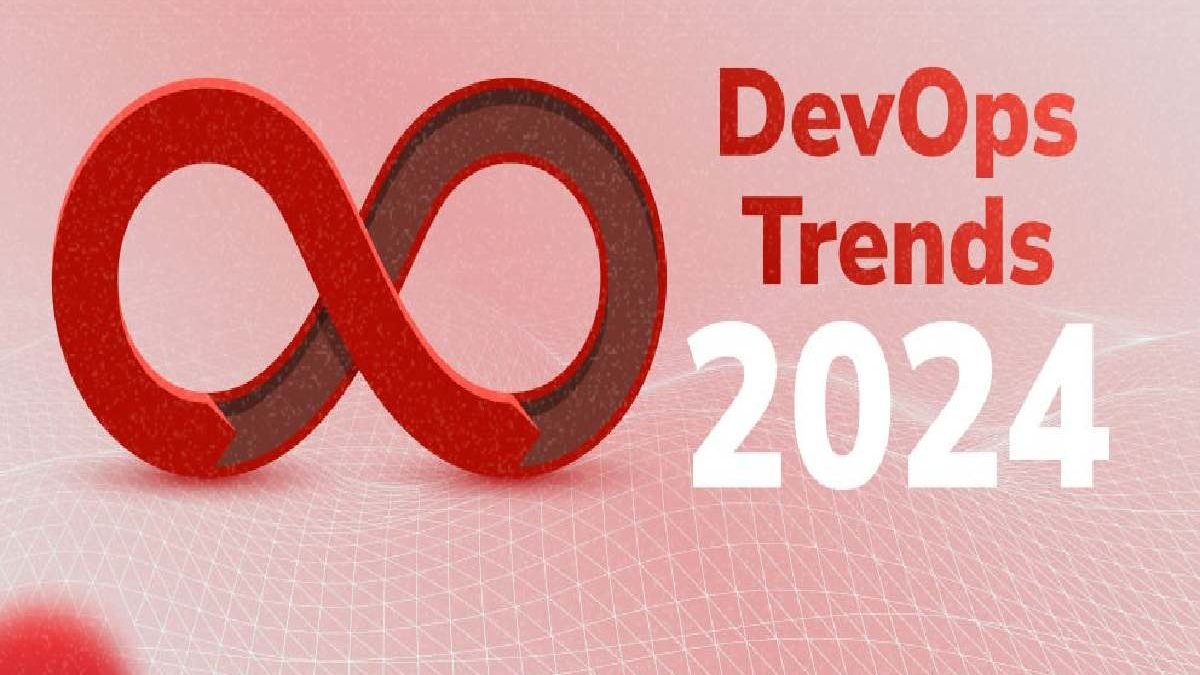DevOps Evolution the convergence of software development (Dev) and IT operations (Ops), is experiencing rapid movement. Efforts to increase good organization, speed up deployments, and develop enhanced collaboration are dramatically redefining the DevOps setting for companies. This paper investigates six key trends that are actively influencing the development of DevOps activities.
Table of Contents
1. AI and Machine Learning Integration
Artificial Intelligence (AI) and Machine Learning (ML) are increasingly being incorporated into DevOps processes:
Predictive analytics for identifying potential issues before they occur
Automated decision-making in deployment pipelines
Intelligent monitoring and alert systems
Optimization of resource allocation and scaling
As AI and ML technologies mature, they promise to enhance efficiency and reduce human error in DevOps workflows.
2. GitOps and Infrastructure as Code (IaC)
GitOps and Infrastructure as Code are gaining momentum:
Version control for infrastructure configurations
Declarative descriptions of entire system states
Automated deployment and management of infrastructure
Improved collaboration and transparency in infrastructure changes
These practices enable teams to manage infrastructure with the same rigor and efficiency as application code.
3. DevSecOps: Shifting Security Left
Security is becoming an integral part of the DevOps process from the start:
Automated security testing integrated into CI/CD pipelines
Continuous monitoring for vulnerabilities
Compliance as code
Emphasis on security training for all team members
By embedding security throughout the development lifecycle, organizations can better protect against threats and reduce the risk of costly breaches.
4. Serverless and Cloud-Native Technologies
The adoption of serverless and cloud-native technologies continues to grow:
Increased use of Function as a Service (FaaS) platforms
Microservices architectures
Container orchestration with Kubernetes
Cloud-agnostic deployment strategies
These technologies enable greater scalability, flexibility, and cost-efficiency in application development and deployment.
5. AIOps and Observability
AIOps (Artificial Intelligence for IT Operations) and advanced observability tools are transforming how teams monitor and manage systems:
Real-time analysis of large volumes of operational data
Automated anomaly detection and root cause analysis
Unified views of system health and performance
Predictive maintenance and capacity planning
These capabilities allow teams to proactively address issues and optimize system performance.
6. Low-Code/No-Code DevOps Tools
The rise of low-code and no-code tools is democratizing DevOps practices:
Visual pipeline builders for CI/CD
Automated environment provisioning
Simplified configuration management
Drag-and-drop deployment tools
These tools make DevOps more accessible to team members with varying technical backgrounds, fostering greater collaboration and innovation.
Conclusion
As a dynamic area, the DevOps Evolution field is pushed forward by emerging technology and the imperative for efficiency and security. To remain at the leading edge of DevOps techniques, organizations must adopt these trends – such as AI/ML integration, GitOps and IaC, DevSecOps, serverless technologies, AIOps and observability, and low-code/no-code tools. With these patterns increasing in maturity and new ones arising, being flexible and committed to continual learning and development will be key to success. Teams in DevOps that are aware and adaptable to new methods will encourage innovation, boost efficiency, and ultimately result in higher value for their institutions.

